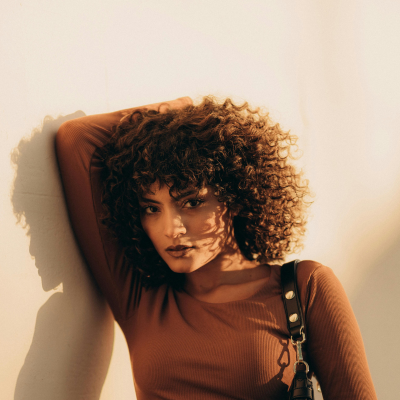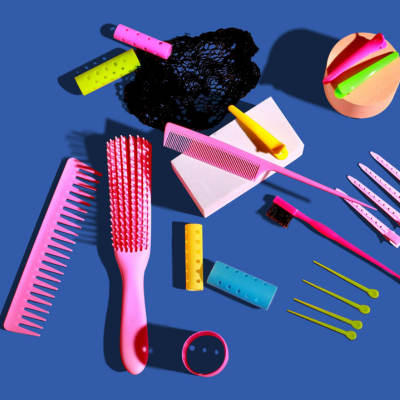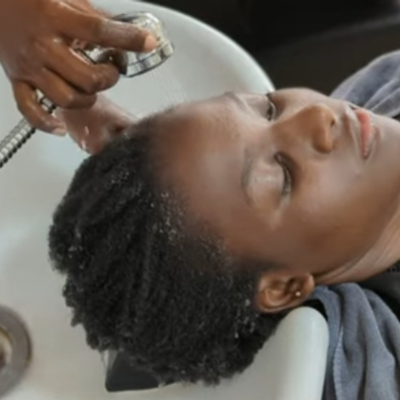- Support 24/7
- +1 (480) 468-4543
- livara@mylivara.com
The Best Tips for Type 3A, 3B, and 3C Curls

The Foundation of Healthy Hair: Why You Need To Know Your Hair Type
September 2, 2024
The Best Tips for Type 4A, 4B, and 4C Curls
September 5, 2024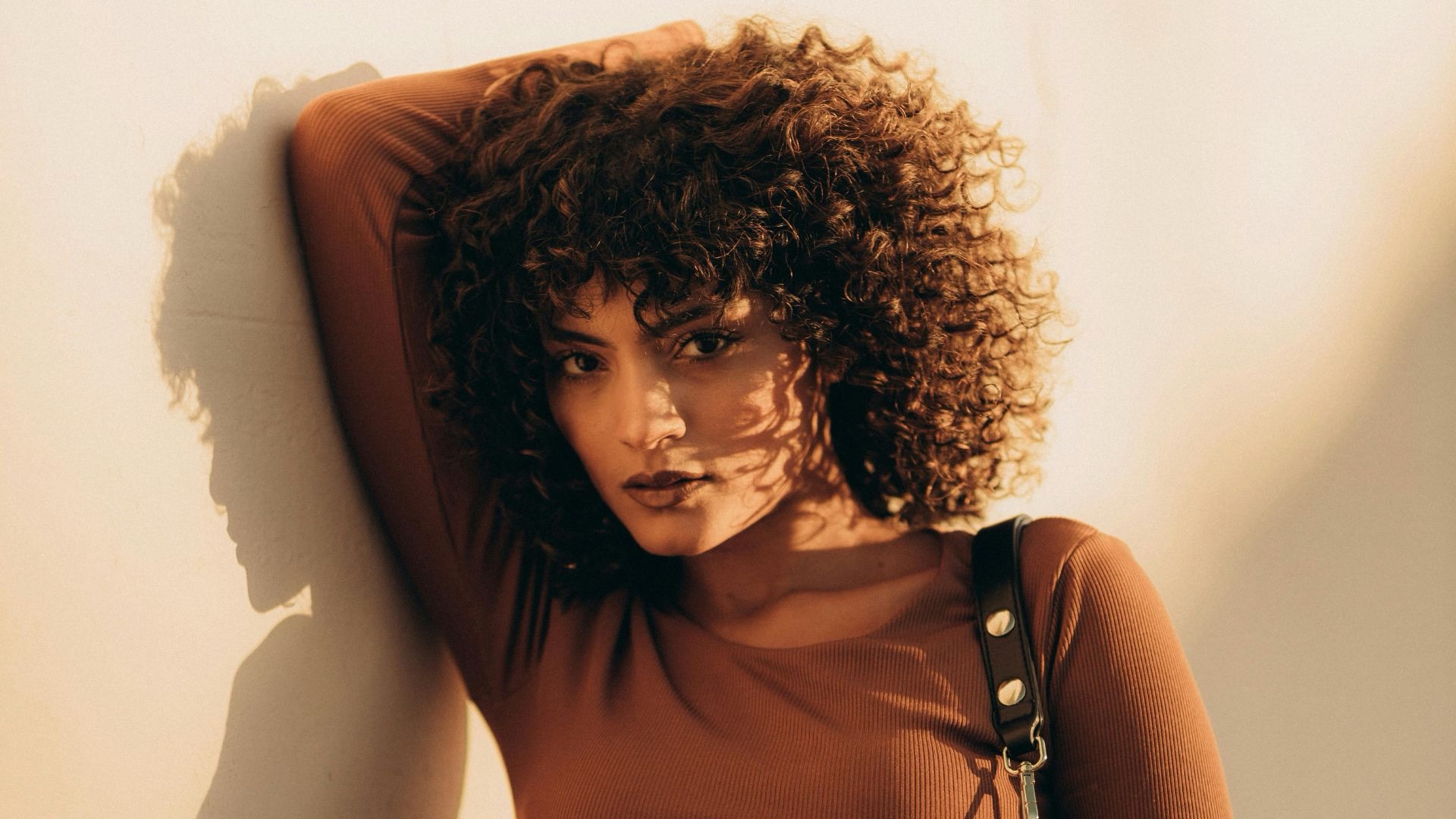
Caring for Type 3 curls—whether they’re loose and bouncy (3A), tighter and springy (3B), or dense and corkscrew-shaped (3C)—requires a tailored approach. At Livara, we understand the unique needs of each curl type and are here to provide you with essential tips to keep your curls looking their best.
Understanding Type 3 Curls
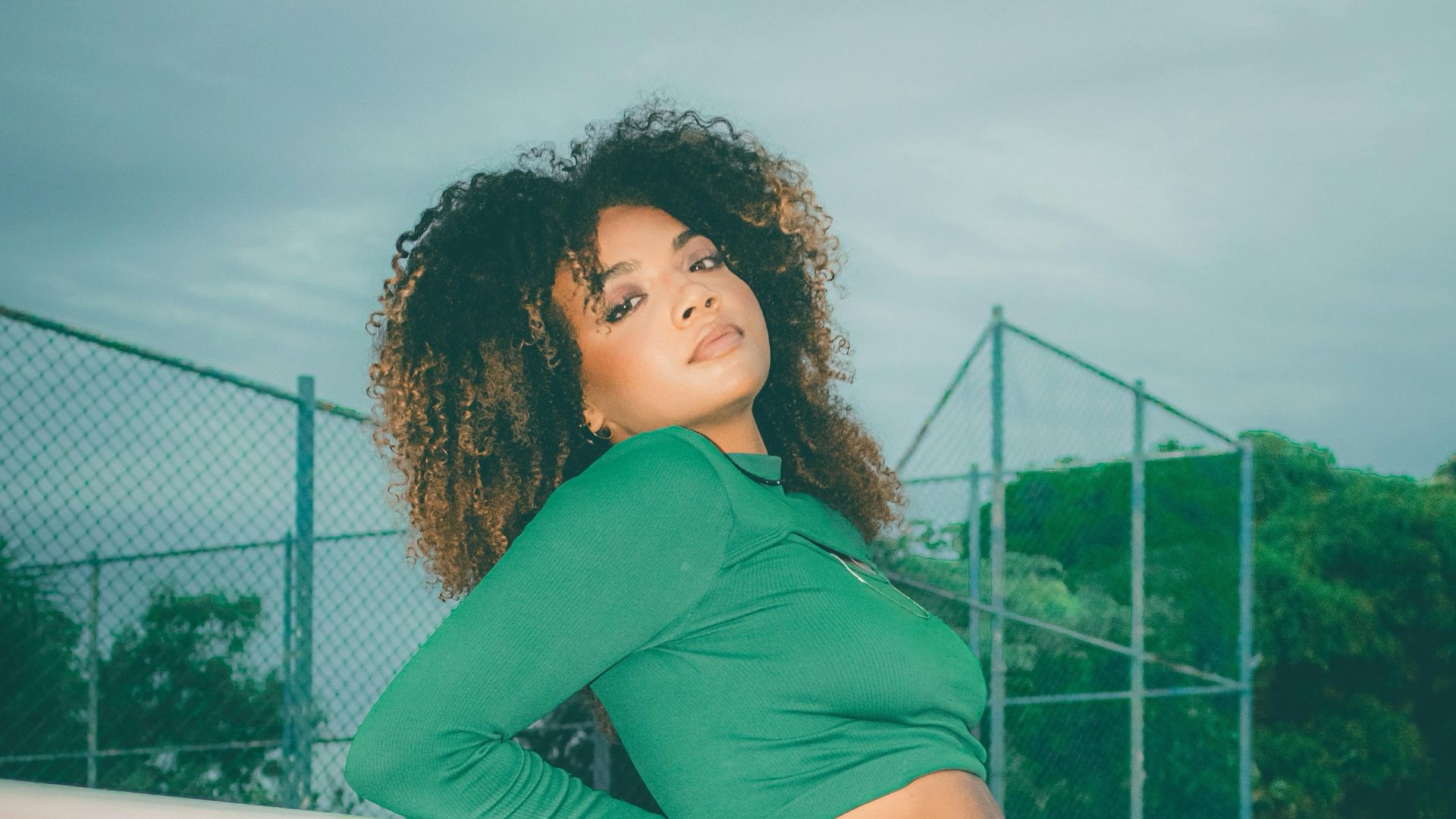
Type 3 hair is characterized by its defined curls that can range from loose loops to tight spirals. Each subtype has its own specific traits:
- Type 3A: Loose, soft curls that resemble an “S” shape and are typically finer and less voluminous.
- Type 3B: Tighter, ringlet-shaped curls that are thicker and have more volume.
- Type 3C: Very tight corkscrew curls that are densely packed and can be prone to shrinkage.
Understanding these differences is crucial for selecting the right products and techniques for your hair.
1. Washing Your Curls
Frequency: For all Type 3 curls, washing your hair at least once a week is ideal. Over-washing can strip natural oils, leading to dryness.
Shampoo Selection: Choose sulfate-free shampoos like the Livara Sapphire Hair Shampoo that are gentle and moisturizing. Sulfates can strip your hair of its natural oils, exacerbating dryness and frizz. Look for products that contain natural oils and humectants to help retain moisture.
Technique: When washing, use cool or lukewarm water to prevent moisture loss. Hot water can dry out your curls. Wet your hair and scalp, and then apply the shampoo to your scalp. Gently massage it in using your fingertips, allowing the suds to cleanse the lengths of your hair as you rinse.
2. Conditioning is Key
Conditioning Routine: After shampooing, apply a generous amount of conditioner specifically formulated for curly hair. This helps to hydrate and detangle your curls.
Deep Conditioning: Incorporate a deep conditioning treatment into your routine every 1-2 weeks. Look for masks that contain ingredients like shea butter, avocado oil, or aloe vera to nourish and strengthen your hair. Apply the treatment and leave it on for at least 20-30 minutes, preferably with heat (generate heat by covering your hair with a plastic cap or sitting under a hooded dryer), to enhance absorption.
Leave-In Conditioner: For added moisture, use a leave-in conditioner after rinsing out your regular conditioner. This helps to keep your curls hydrated throughout the day. Look for lightweight formulas that won’t weigh your hair down.
3. Detangling with Care
Tools: Use a wide-tooth comb or your fingers to detangle your hair while it’s still wet and coated with conditioner. This minimizes breakage and helps maintain your curl pattern.
Technique: Start detangling from the ends and work your way up to the roots. Be gentle to avoid pulling on your curls. If you encounter a knot, use your fingers to gently separate it rather than forcing the comb through. If the knot proves difficult to remove, add some conditioner for extra slip that’ll make the knot get out easily.
4. Styling Your Curls
Product Selection: Choose lightweight styling products for 3A curls, such as mousse or light gels, to avoid weighing down your curls. For 3B and 3C curls, opt for thicker creams and heavier gels that provide hold and definition.
Application: Apply styling products to wet hair to lock in moisture. Use the “praying hands” method (hold small sections of your hair between both outstretched hands and use them to spread the product from top to bottom) or scrunching (gently squeezing or pressing sections of damp hair upwards toward the scalp using your hands. to encourage the hair to form curls or waves) to distribute the product evenly. This ensures that every curl is coated for maximum definition.
Defining Curls: For added definition, consider finger-coiling small sections of hair or using the “plopping” method to encourage curl formation while minimizing frizz. Twirl small sections of curls around your finger to enhance their shape.
5. Drying Techniques
Air Drying vs. Diffusing: Allow your curls to air dry whenever possible to reduce heat damage. If you need to use a blow dryer, attach a diffuser and use the lowest heat setting. This helps distribute heat evenly and reduces frizz. Most importantly, apply a heat protectant to shield your strands from heat damage.
Avoid Touching: Once your curls are drying, avoid touching them. This helps prevent frizz and maintains your curl definition. Wait until your hair is completely dry before scrunching and fluffing.
Scrunching: After your hair is dry, you can gently scrunch your curls to break the cast created by styling products. This adds volume and softness without disturbing the curl pattern.
6. Nighttime Care
Protective Styles: To maintain your curls overnight, consider using a loose pineapple hairstyle or braiding your hair to prevent tangling. This keeps your curls intact and minimizes breakage.
Silk or Satin: Sleep on a silk or satin pillowcase or wear a silk scarf or satin bonnet to reduce friction and keep your curls looking fresh in the morning. This helps maintain moisture and reduces frizz.
7. Additional Tips for Each Subtype
- For Type 3A: Since 3A curls are looser, avoid heavy products that can weigh them down. Lightweight leave-in conditioners and curl-enhancing sprays work best.
- For Type 3B: Due to the thicker and springier nature of 3B curls, consider using a curl cream or a hydrating gel to define and hold your curls. Regular trims can also help manage split ends and maintain curl shape.
- For Type 3C: This subtype often experiences more shrinkage and dryness. Use a rich, moisturizing conditioner like the Livara 2in1 Deep Conditioner and Leave-In Treatment and consider incorporating oil into your routine to seal in moisture. Low-manipulation styles, like wash-and-go’s or buns, can help reduce breakage.
Final Thoughts
Caring for Type 3A, 3B, and 3C curls may require a bit of experimentation to find the right products and techniques that work for you. Embrace your unique curl pattern and remember that consistency is key. With the right care, your curls can thrive beautifully. At Livara, we’re here to support you on your hair journey—celebrate your curls and enjoy the process! Because you are a GEM.
Sources
[1] Top Tips to Identify & Care for Type 3 Hair – Curlsmith EU
[2] What Is Type 3 Hair and How Should You Care for It? | F.Y.I.
[3] How to Care for Type 3 Hair: HairFlair’s Complete Guide
[4] What is Type 3 Hair, and What is the Best Way to Care for It?
[5] The Differences Between 3A, 3B, & 3C Hair – HairFlair®
[6] What Is 3a Hair and How Should You Care For It? | F.Y.I. – Function of Beauty Blog
[7] 3A Curly Hair Routine
[8] Types of Hair: How to Style and Care for Your Hair Type
